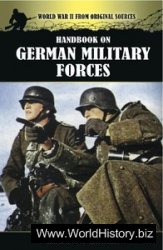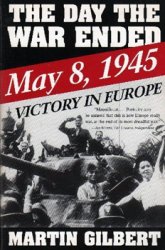The Crow, like many other Plains peoples, launched raids for horses against other tribes and against non-Indian

Crow bow
Traders. In 1821, mountain men held a fur-trading rendezvous along the Arkansas River with CHEYENNE, ARA-PAHO, COMANCHE, and KIOWA. A party of Crow camped within striking distance. Many nights, no matter how many guards were posted, Crow warriors would sneak into the camp and silently make their way to the log pens where the horses were kept. Fighting would sometimes break out and men would be killed on both sides. But more often than not, the Crow would be too fast for the traders, escaping with the choice mounts.
In the wars for the West, the Crow earned a reputation as allies of the U. S. Army. They served as scouts and fought alongside the bluecoats, especially during the 1870s against the Sioux and the NEZ PERCE. Chief Plenty Coups encouraged his warriors to side with the army because, as he expressed it, “When the war is over, the soldier-chiefs will not forget that the Absaroka came to their aid.”
With increasing numbers of miners and settlers in Indian country, the building of forts and railroads, and the depletion of the buffalo herds, the nomadic life of the Crow ended. They were treated no differently than the resisting tribes. After a series of treaties through 1888, they were forced into ceding most of their land and settling on a reservation. The territory they were allowed to keep was part of their ancestral homeland.
The Crow were given a place of honor in a historic national ceremony. In 1921, after World War I, the now-aged Crow chief Plenty Coups was the Indian chosen to represent all other Indians at the dedication of the Tomb of the Unknown Soldier in Washington, D. C. To close the national ceremony, Plenty Coups placed his warbon-net and coup stick on the grave.




 World History
World History









